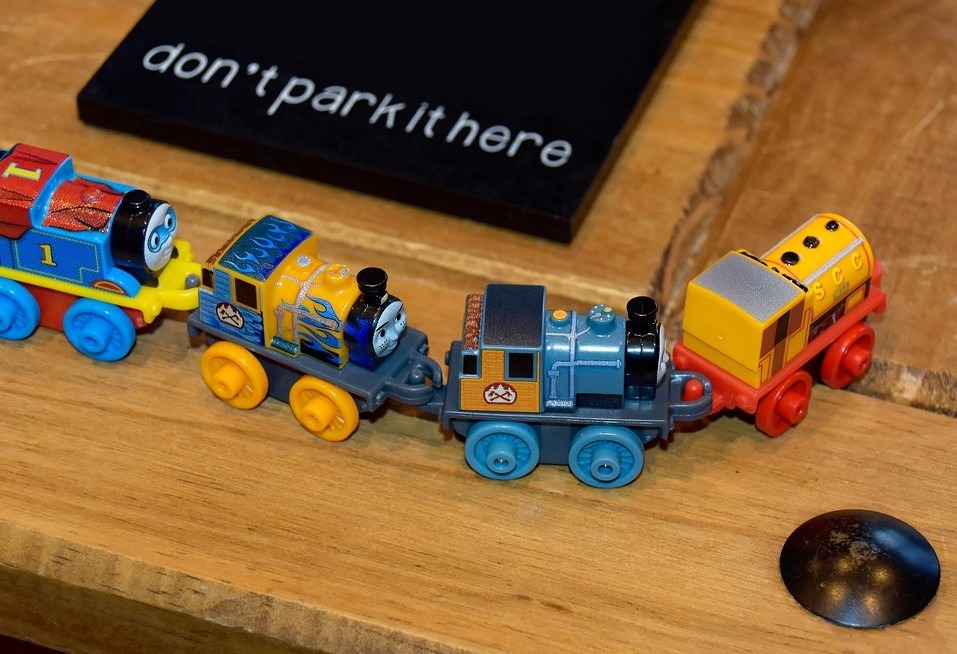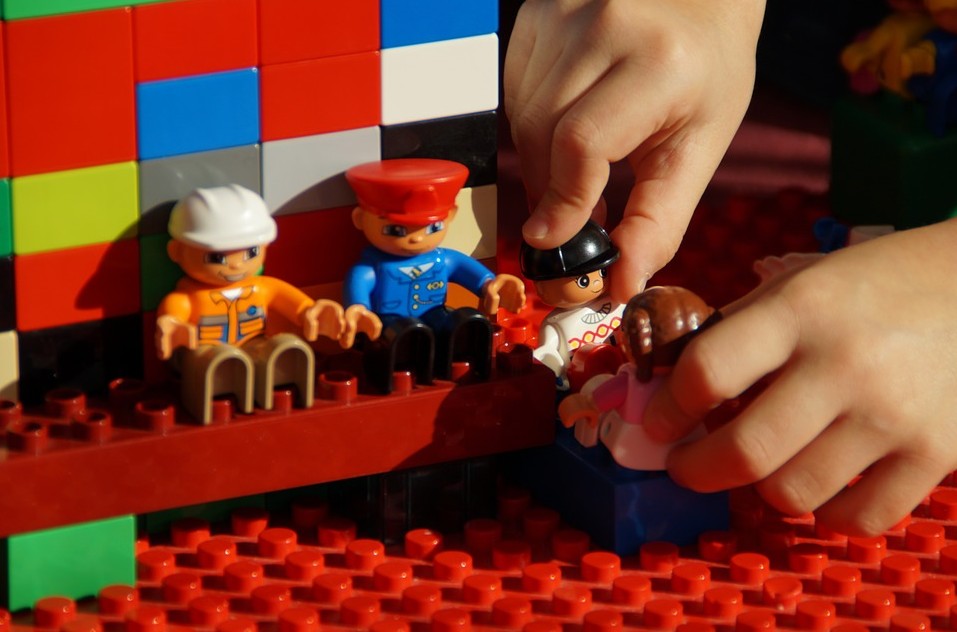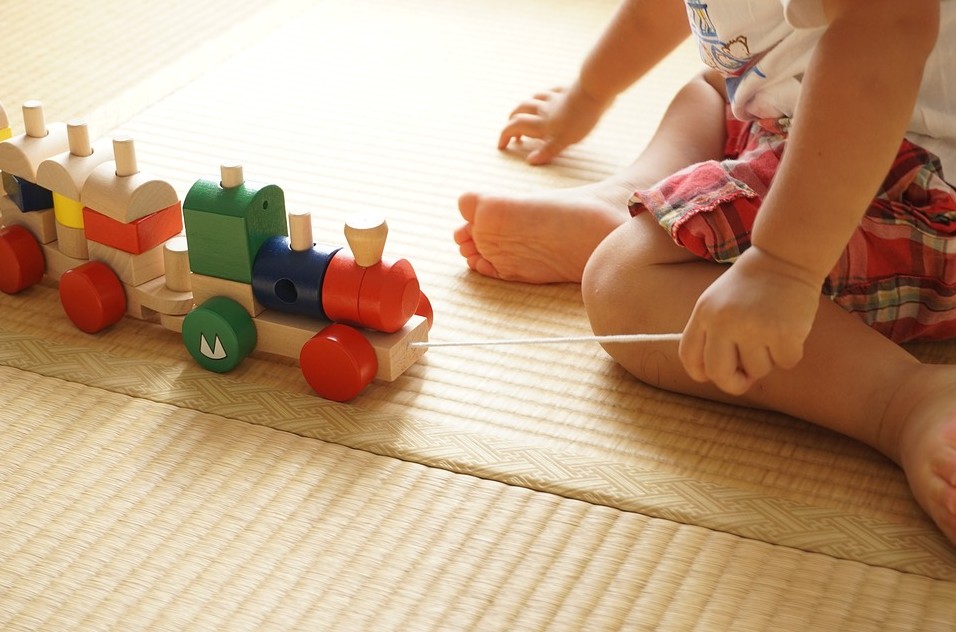Fine motor skills—or the use of hands – are crucial developmental aspects of a child’s overall development. These skills allow children to be more independent as they gradually achieve simple things independently, such as opening doors, zipping their zippers, brushing their teeth, washing their hands, and many others.
When paired with hand-eye coordination, fine motor skills provide your child with more explorations and discoveries.
These skills are essential to teaching first or simultaneously before introducing your kids to memorize their basic letters, numbers, colors, etc. This is because fine motor skills enable your child to be active and develop their muscles. In addition, they need to grasp writing and drawing better and build interest in sports and participate in school activities and events.
During preschool, fine motor skills will be beneficial as your kid learns how to do the following:
- paste things onto paper
- clap hands
- touch fingers
- button and unbutton
- work a zipper
- build a tower of 10 blocks
- complete puzzles with five or more pieces
- manipulate pencils and crayons well enough
- cut out simple shapes with safety scissors
Therefore, it is imperative that you wisely choose their toys that would enable them to develop their fine motor skills better. One of the best toys to give them is model trains.
Model trains are small replicas of trains, railroads, and even the scenery it travels to. It is a great way to enhance your child’s fine motor skills, as well as their imagination.
How exactly do model trains develop your child’s fine motor skills?
Pincer grasp. A pincer grasp is a way a person uses their thumb and forefinger to pick up something. This is an essential fine motor skill that becomes very useful later in life.
In children, you can first teach them how to do this and then gradually let them do it by themselves with their model train pieces.
Let them pick each piece from their toy container and gradually collect all the pieces in front of them. But if they get too attached to gadgets, don’t forget to teach them to let go of these mobile phones and gadgets, as well, and make them appreciate physical interactions.
Putting things together. Once they have all the pieces of their model train in front of them, they are ready to put all these together. By simply putting together the individual parts of a model train track, your child is already utilizing and developing his fine motor skills combined with hand-eye coordination.
Furthermore, the process of putting the pieces together requires hand and wrist stability to place pieces together with control. So, with that simple act, your child is already practicing and enhancing some of his fine motor skills. Later on. Your child would be able to improve this with smaller items further.
Moving the train around. After he has placed all the pieces together, he then starts pulling and navigating the model train to its route, across the bridge, around the surface where he is playing, trying to avoid all the humps and distractions. This is a great practice of his fine motor skills as he moves his train around and navigates through a particular route.
Let them do things on their own. As they play with their model trains, they may encounter some struggles with it, either with assembling it or dismantling it. Try to observe first and resist helping them.
Let them explore the situation on their own and try to figure it out by themselves. This way, they learn to get to know the toys better, what works and what doesn’t work, and develop a certain dependence level. With frequent playing, they will eventually learn to manage these situations on their own.
Also, consider this approach when tutoring your kids. Guide them through the lessons and instructions but let them work their way through.
Add extra elements. To further develop their fine motor skills, you can add extra elements to their model trains. Yes, it is enough to navigate the train, and such simple practice already generates much progress on their fine motor skills.
However, adding elements to their playtimes, such as people, buildings, and animals, would further develop their fine motor skills handling different sizes and shapes of elements. It also adds to their imagination and the fun of their playtime.
Aside from developing their fine motor skills, letting your child play with model trains also offer several other benefits that are important contributions to their overall childhood development. These benefits include:
- Problem-solving.From learning how to build a track to set up the circular rails, problem-solving and critical thinking skills are learned from the task of playing with model trains and train sets. These skills are proven important in adult life, and the fact that they can be learned at an early age is revolutionary.
- Vocabulary and communication skills.When you supplement their playtime with storytelling, they also develop their communication skills and gradually pick up new words from you.
- Concepts. You may think it’s hard to teach complex ideas to a child, but it resonates better with them when you integrate it into their playtime. For example, while playing with their model trains, you can teach them the concept of time (past, present, and future), distance and location, direction, and many others.
- Creativity and imagination.Of course, as with any role-playing games, model trains and train sets promote creativity among children and let their imagination wander, especially if certain elements are added to their train sets, such as people, animals, and scenery.
You can only imagine how challenging early childhood education can also be. But preschools are still fun, especially when seeing the kids learn as they should.



